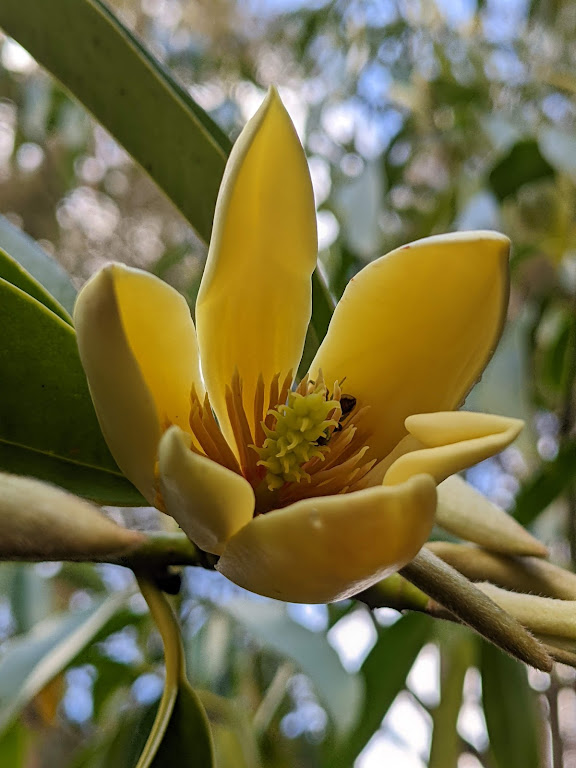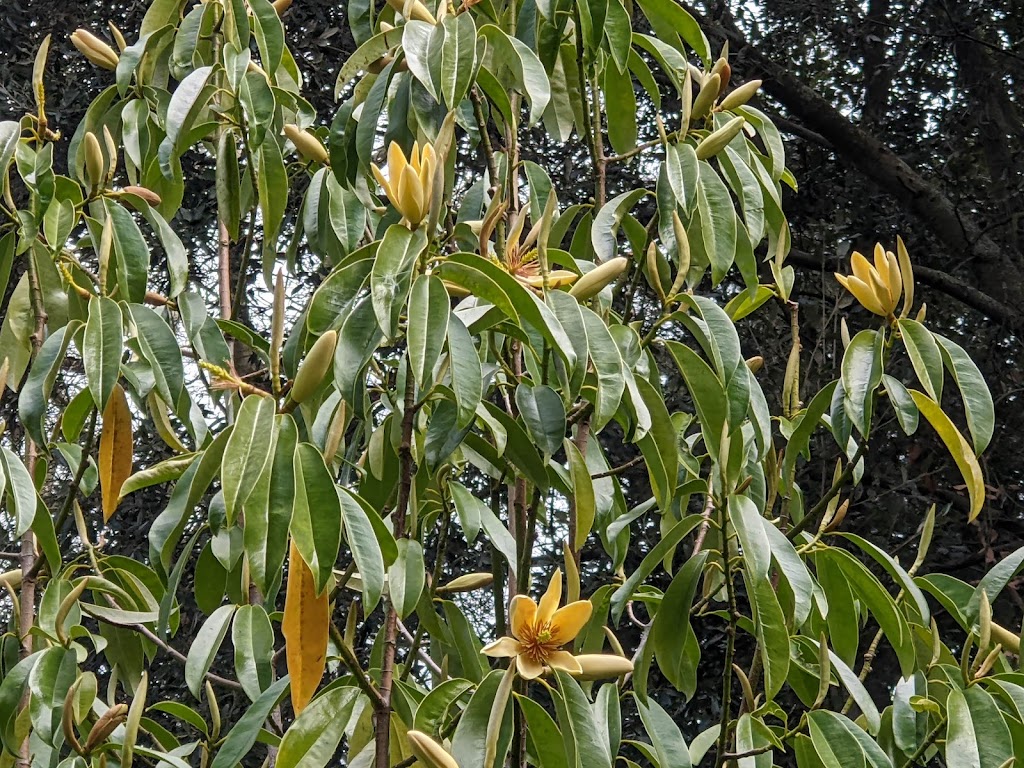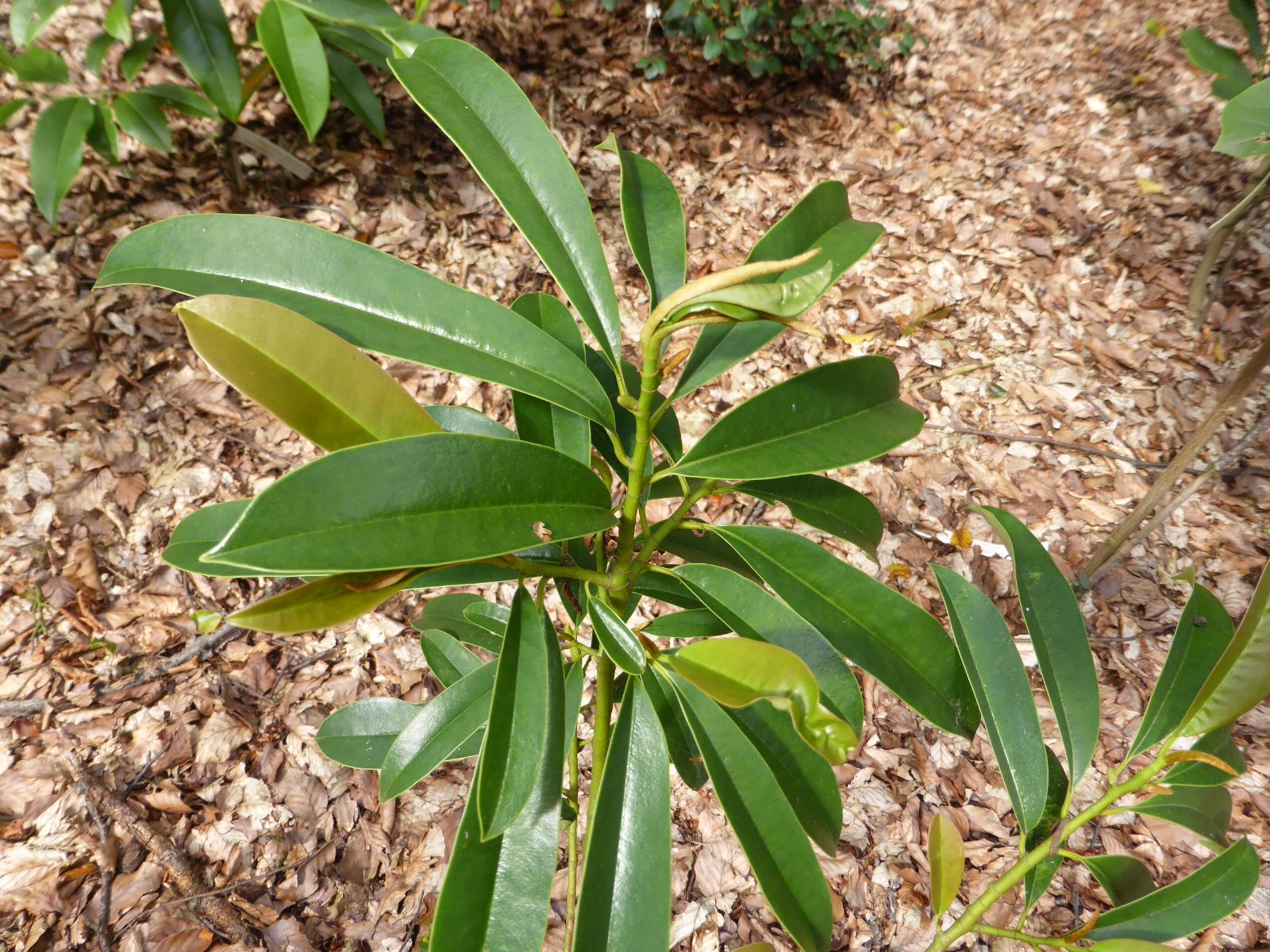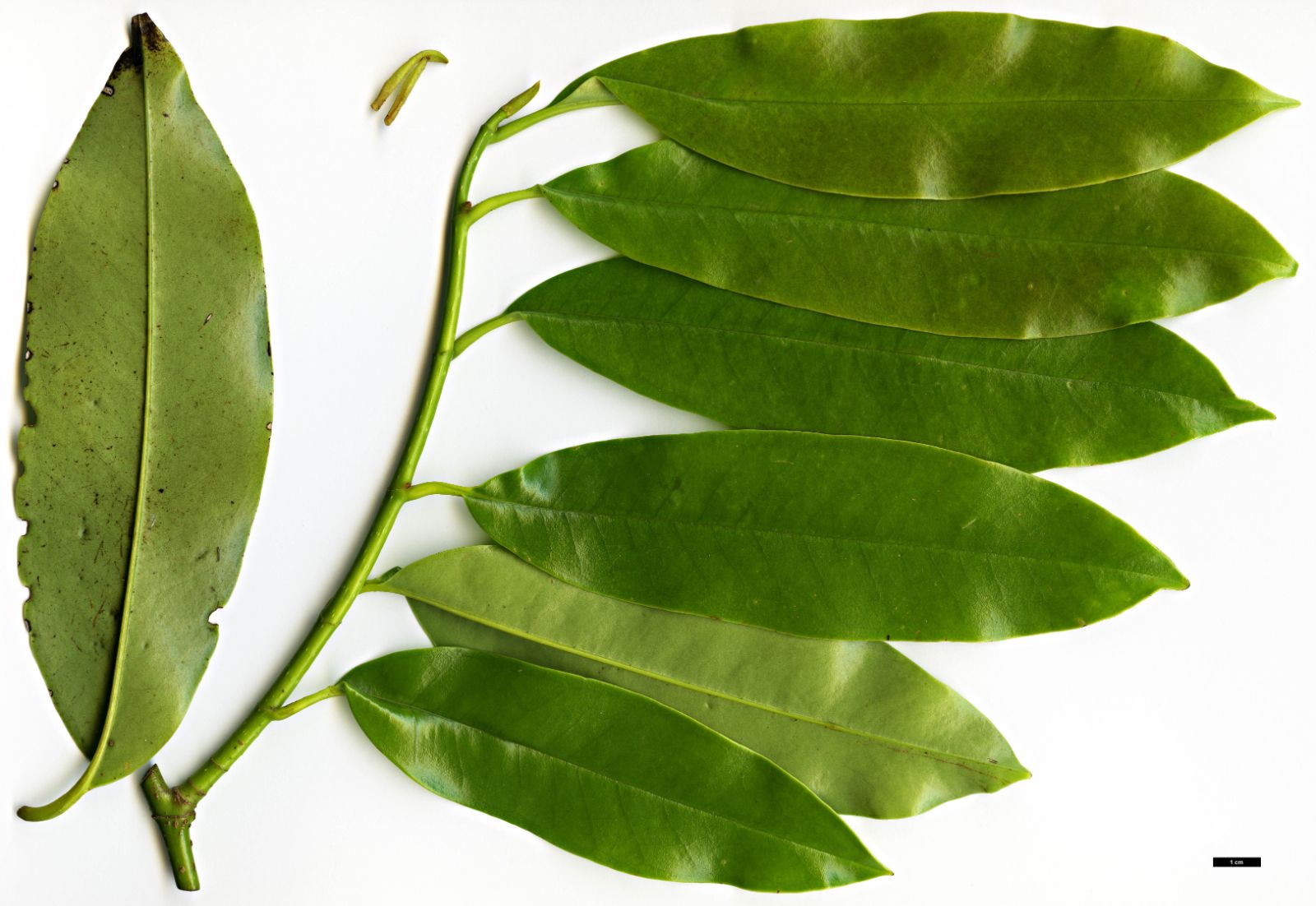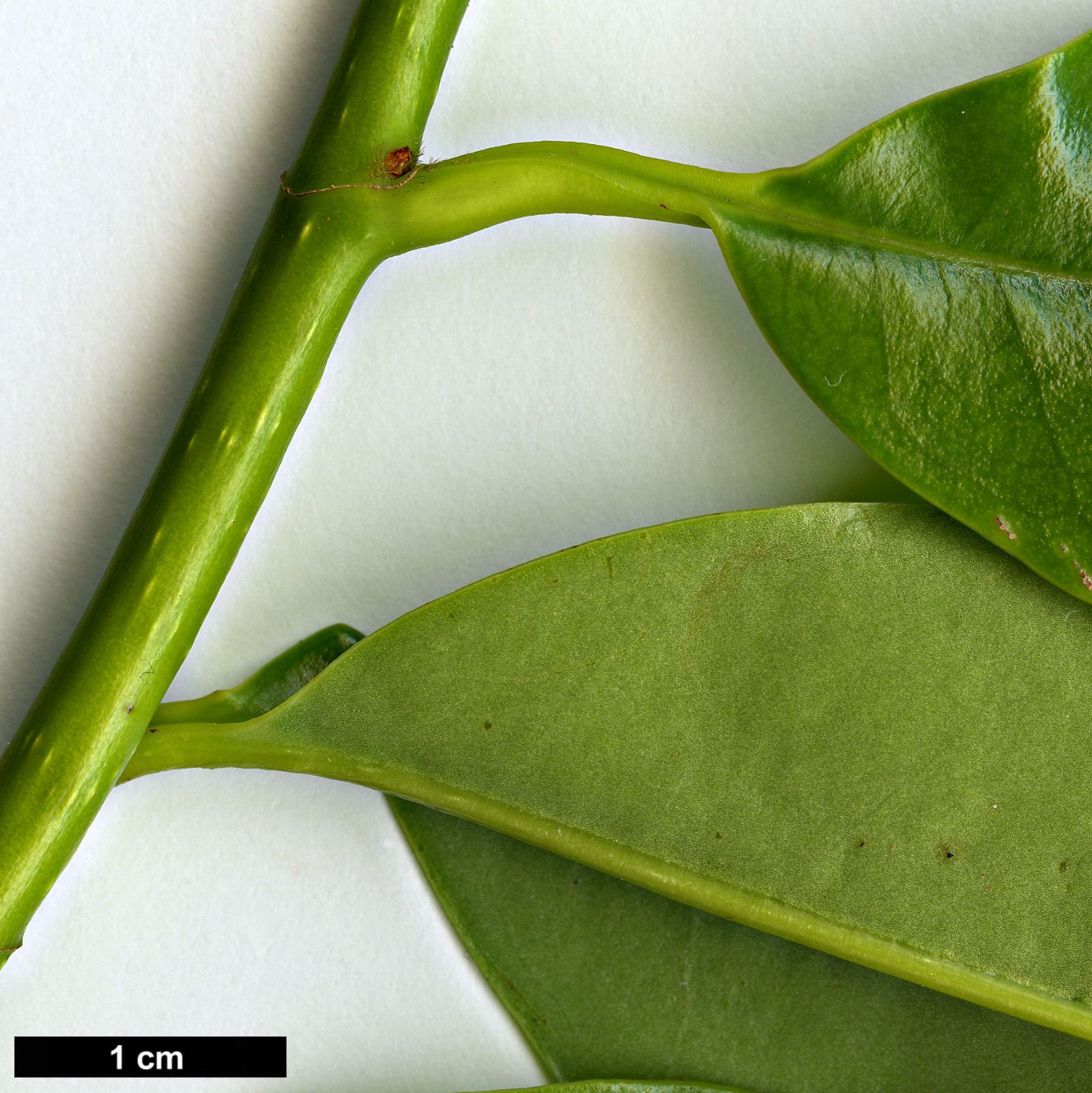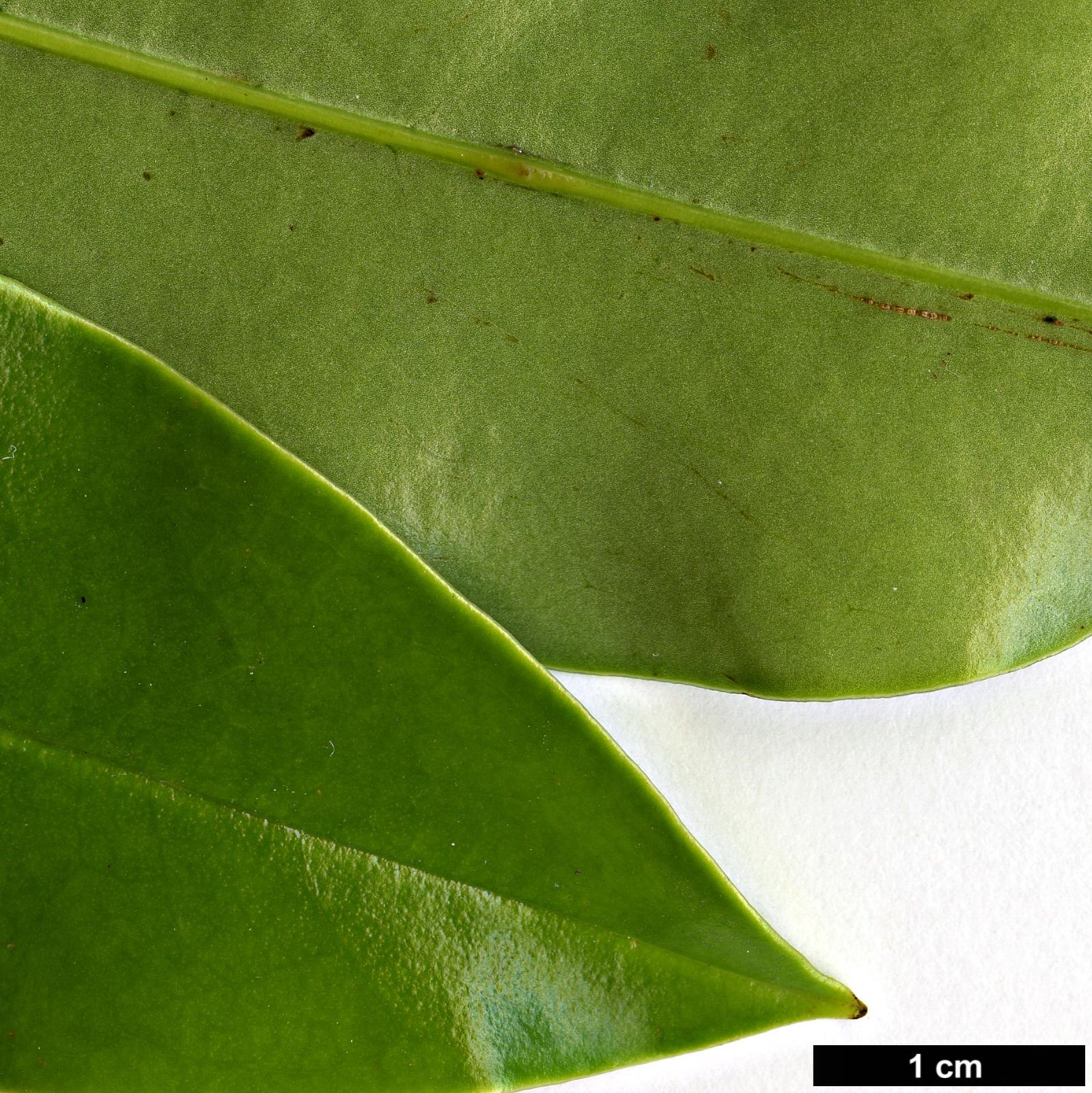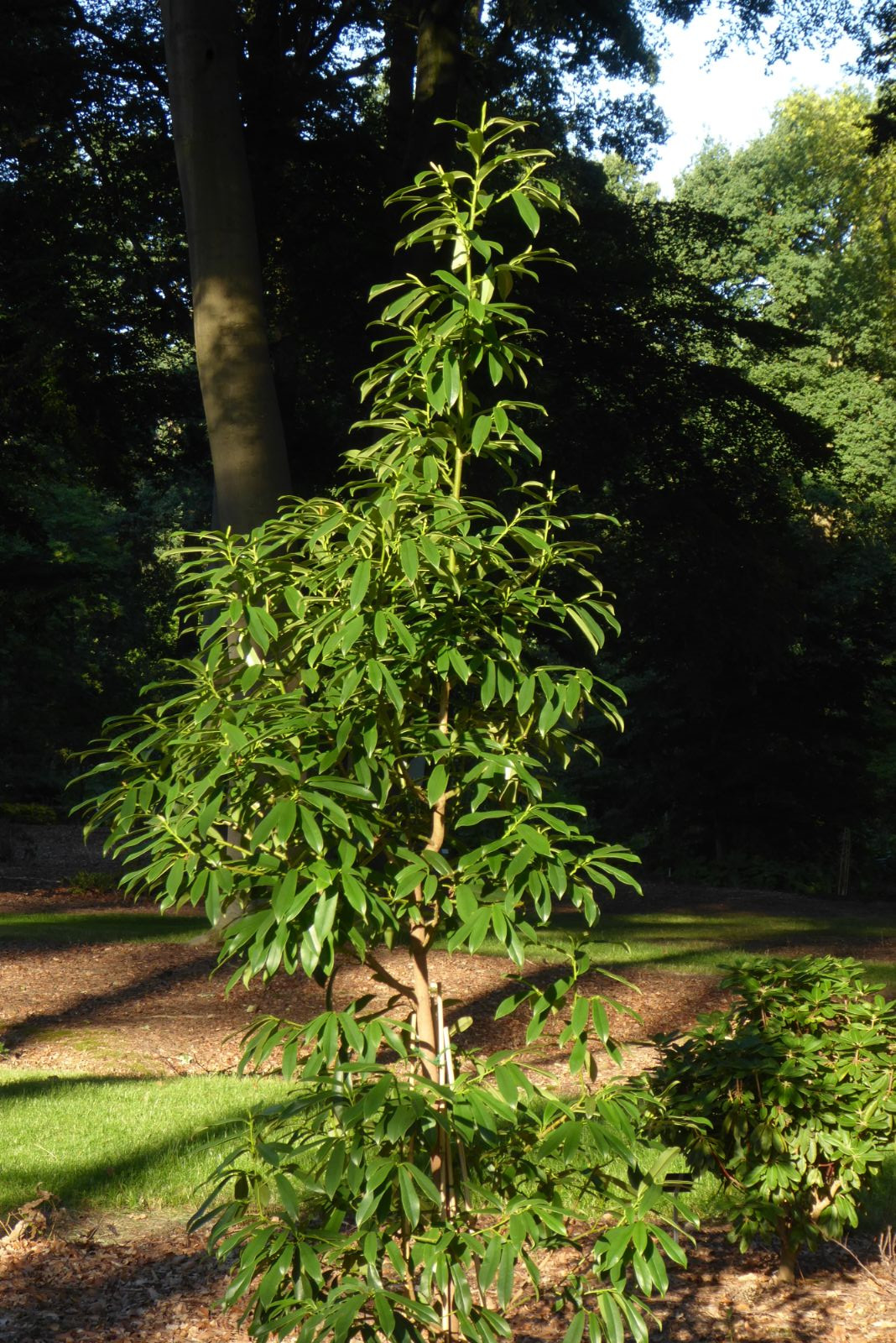Magnolia martini
Sponsor
Kindly sponsored by
The Roy Overland Charitable Trust

Credits
Julian Sutton (2022)
Recommended citation
Sutton, J. (2022), 'Magnolia martini' from the website Trees and Shrubs Online (treesandshrubsonline.
Genus
- Magnolia
- Section Michelia
Synonyms
- Magnolia martinii H. Lév. orth. var.
- Michelia martini (H. Lév.) H. Lév.
- Michelia martinii (H. Lév.) H. Lév. orth. var.
Other taxa in genus
- Magnolia acuminata
- Magnolia × alba
- Magnolia amabilis
- Magnolia amoena
- Magnolia aromatica
- Magnolia biondii
- Magnolia × brooklynensis
- Magnolia campbellii
- Magnolia cathcartii
- Magnolia cavaleriei
- Magnolia caveana
- Magnolia champaca
- Magnolia changhungtana
- Magnolia chapensis
- Magnolia compressa
- Magnolia conifera
- Magnolia Cultivars A
- Magnolia Cultivars B
- Magnolia Cultivars C
- Magnolia Cultivars D
- Magnolia Cultivars E
- Magnolia Cultivars F
- Magnolia Cultivars G
- Magnolia Cultivars H–I
- Magnolia Cultivars J
- Magnolia Cultivars K
- Magnolia Cultivars L
- Magnolia Cultivars M
- Magnolia Cultivars N–O
- Magnolia Cultivars P
- Magnolia Cultivars Q–R
- Magnolia Cultivars S
- Magnolia Cultivars T
- Magnolia Cultivars U–V
- Magnolia Cultivars W–Z
- Magnolia cylindrica
- Magnolia dandyi
- Magnolia dawsoniana
- Magnolia de Vos and Kosar hybrids
- Magnolia decidua
- Magnolia delavayi
- Magnolia denudata
- Magnolia doltsopa
- Magnolia duclouxii
- Magnolia ernestii
- Magnolia figo
- Magnolia floribunda
- Magnolia × foggii
- Magnolia fordiana
- Magnolia foveolata
- Magnolia fraseri
- Magnolia fulva
- Magnolia globosa
- Magnolia × gotoburgensis
- Magnolia grandiflora
- Magnolia grandis
- Magnolia Gresham hybrids
- Magnolia guangdongensis
- Magnolia hookeri
- Magnolia insignis
- Magnolia Jury hybrids
- Magnolia × kewensis
- Magnolia kobus
- Magnolia kwangtungensis
- Magnolia laevifolia
- Magnolia lanuginosa
- Magnolia leveilleana
- Magnolia liliiflora
- Magnolia × loebneri
- Magnolia lotungensis
- Magnolia macclurei
- Magnolia macrophylla
- Magnolia maudiae
- Magnolia nitida
- Magnolia obovata
- Magnolia officinalis
- Magnolia opipara
- Magnolia × proctoriana
- Magnolia × pruhoniciana
- Magnolia rostrata
- Magnolia salicifolia
- Magnolia sapaensis
- Magnolia sargentiana
- Magnolia sieboldii
- Magnolia sinensis
- Magnolia sinica
- Magnolia sinostellata
- Magnolia × soulangeana
- Magnolia sprengeri
- Magnolia stellata
- Magnolia tamaulipana
- Magnolia × thomsoniana
- Magnolia tripetala
- Magnolia × veitchii
- Magnolia virginiana
- Magnolia × wieseneri
- Magnolia wilsonii
- Magnolia xinganensis
- Magnolia yunnanensis
- Magnolia yuyuanensis
- Magnolia zenii
Tree to 20 m, 0.5 m dbh. Bark smooth and grey. Branchlets yellowish green or dark brown, glabrous or with a few hairs. Leaves evergreen, thin and leathery, 6.5–18 × 2–5.5 cm, elliptic to oblong or obovate, both surfaces glabrous, 7–17 secondary veins on each side of the midrib, margins entire, apex acute to short-acuminate; petiole 1.5–2 cm long; stipules with a dense covering of brown or grey hairs, free from the petiole. Flowers solitary, on axillary shoots, white to yellow and fragrant, brachyblast 0.7–1.5 cm long with three to six bracts; tepals six (to eight), the outer three broadly obovate to oblong or spathulate, 5–7 cm long, inner tepals 3–6 cm long, broadly elliptic to oblong; stamens yellow with purple filaments; gynoecium stipitate with many green carpels. Fruits 6.5–10 cm long and spicate; ripe carpels ellipsoid or subglobose, dull brown and lenticellate, 1–1.6 cm long, dehiscing along both dorsal and ventral sutures. Flowering February to March, fruiting August to September (China). (Chen & Nooteboom 1993; Liu et al. 2004).
Distribution China Guangdong, Guangxi, Guizhou, Henan, Hubei, Sichuan, Yunnan Vietnam
Habitat Forests and near temples, 1000–2000 m.
USDA Hardiness Zone 8-9
RHS Hardiness Rating H4
Conservation status Least concern (LC)
Magnolia martini is another of the many Asiatic evergreen species with only young plants in cultivation, bringing with it the excitement of the unknown. The flowers should be pale yellow in colour, borne amongst neat, narrow leaves. A big forest tree with a broad range in southern China, its specific epithet commemorates the little-known French missionary-botanist Léon Martin, one of the collectors of the type specimen (Martin & Bodinier 2066). Chen & Nooteboom (1993) note that volatile oils are extracted from the flowers in China.
The species seems to be reasonably tough, with trees in Vancouver, BC being undamaged by –9 °C in November 2006 and suffering only minor damage from heavy snow (P. Wharton, pers. comm. 2007). For Sean Hogan in Oregon plants up to 3 m tall have yet to flower, but in north Devon John Marston has raised seedlings to 2 m in three years, with bud-set apparent for 2008 (Robinson, Marston & Foster 2008). The first introduction to the United Kingdom was a plant given to Kevin Hughes in 1988 by Roger Warner: this was planted at Spinners Garden near Lymington, Hampshire, where it proved hardy, and was been the source of numerous vegetative progeny (K. Hughes, pers. comm. 2008). It has grown for a good number of years in a private North Devon garden (N. Macer pers. comm. 2022). Plants of botanic garden origin at Tregrehan, Cornwall (one had reached 12 m × 95 cm by 2014 – Tree Register 2021) now flower very well and have proved true to name (T. Hudson pers. comm. 2022). In continental Europe it is recorded at Arboretum Wespelaar, Belgium (Plantcol 2021).

